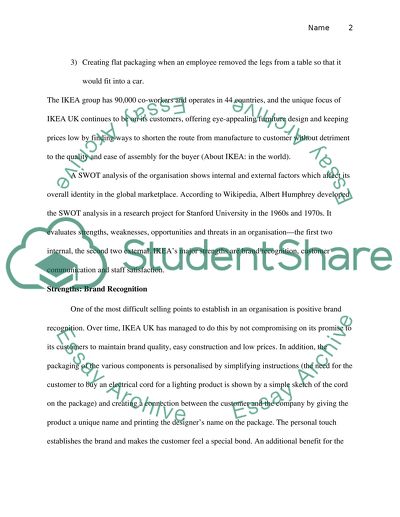Cite this document
(“Business Environment for IKEA UK Research Paper”, n.d.)
Business Environment for IKEA UK Research Paper. Retrieved from https://studentshare.org/miscellaneous/1520874-business-environment-for-ikea-uk
Business Environment for IKEA UK Research Paper. Retrieved from https://studentshare.org/miscellaneous/1520874-business-environment-for-ikea-uk
(Business Environment for IKEA UK Research Paper)
Business Environment for IKEA UK Research Paper. https://studentshare.org/miscellaneous/1520874-business-environment-for-ikea-uk.
Business Environment for IKEA UK Research Paper. https://studentshare.org/miscellaneous/1520874-business-environment-for-ikea-uk.
“Business Environment for IKEA UK Research Paper”, n.d. https://studentshare.org/miscellaneous/1520874-business-environment-for-ikea-uk.


